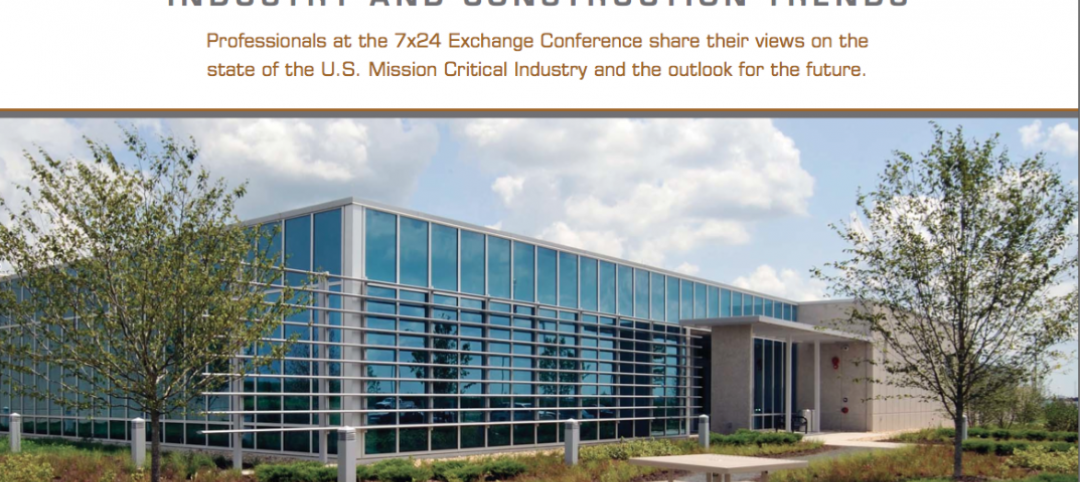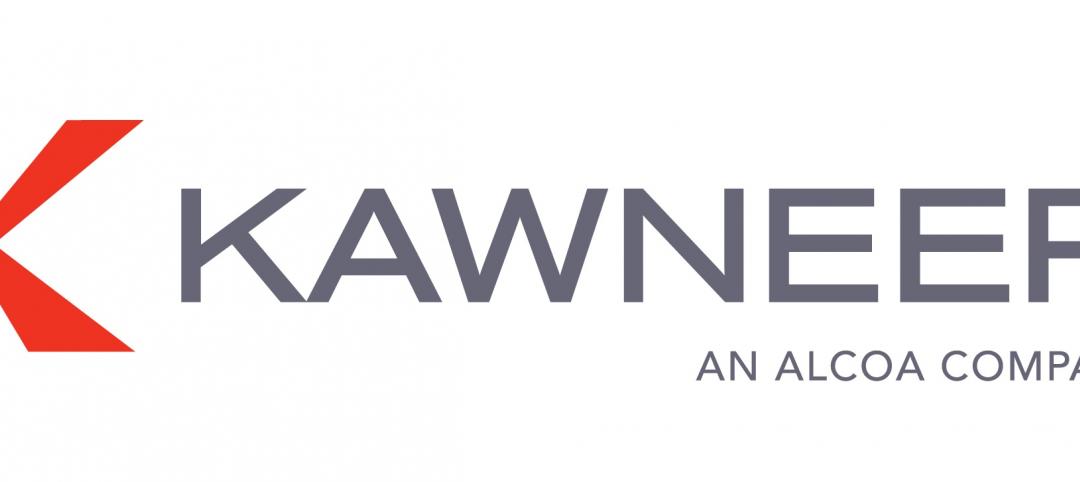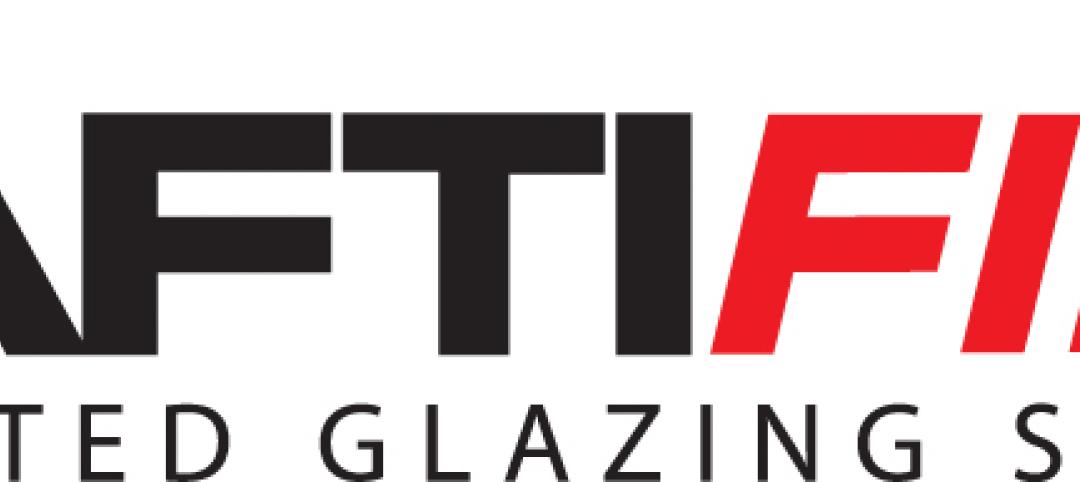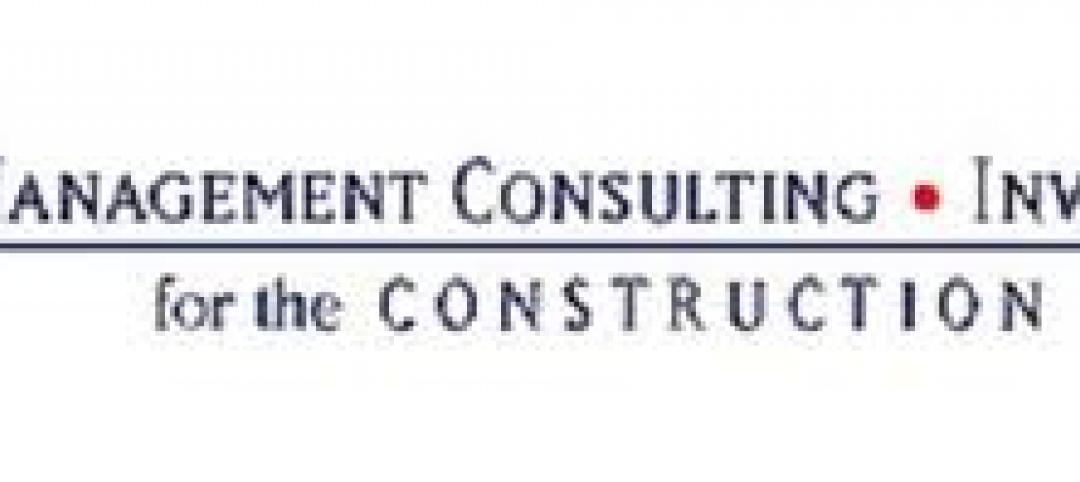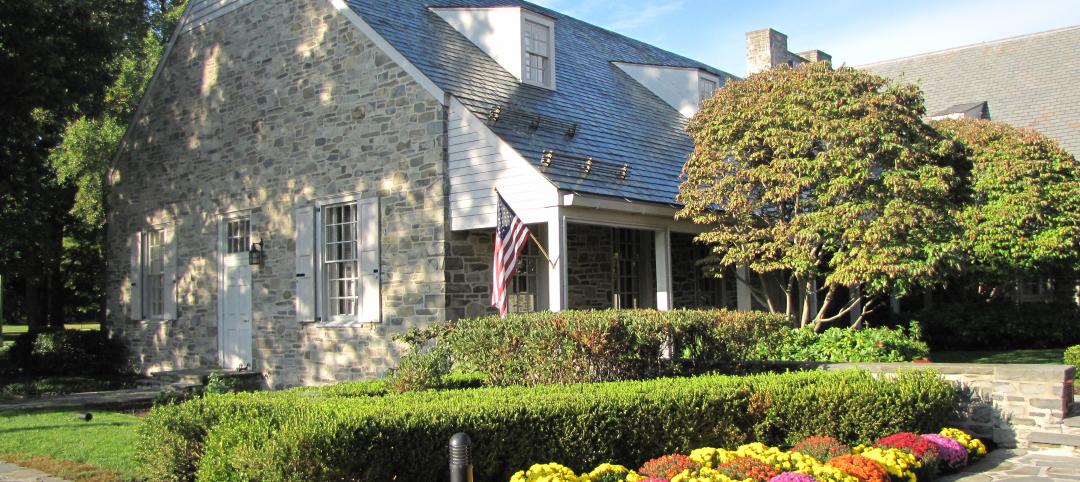As they hone in on LEED certification, Building Teams need to look at the energy efficiency of every product and system that goes into a project, including vertical transport systems—elevators and escalators. Building owners and facility managers who are under pressure to reduce energy consumption and increase building efficiency are finding that one of the most economical solutions is to modernize and upgrade elevators.
Many of the same technological advancements that are improving energy efficiency in elevators are being applied to escalators. The end result is vertical transport systems that reduce a building’s operating costs and improve sustainability.
Several recent VTS innovations have been fine-tuned to better serve the nonresidential market.
TWEAKING MACHINE-ROOMLESS ELEVATORS
Over the past decade, machine-roomless (MRL) elevators have gained acceptance for a number of reasons: 1) they don’t require a separate machine room or electrical closet because the machinery is self-contained within the hoistway; 2) their motors are smaller and generate less heat; and 3) they don’t use petrochemical-based lubricants.
Sam Huleis, LEED AP, a senior project manager with C.W. Driver, a design-build firm in Pasadena, Calif., says that in addition to simplifying design and construction, MRLs use 40-50% less energy than conventional elevators, reducing operating costs for the building owner. C.W. Driver utilized Otis Elevator Co.’s Gen2 MRL traction elevators at the recently completed Valley Performing Arts Center at the California State University, Northridge.
“The Gen2 elevators use an in-hoistway motor and sheave system along with a unique flat-belt cable system,” Huleis says. “These polyurethane-coated steel belts take up less space than conventional braided steel cables and produce a quieter operation and a smoother ride. In addition, there’s no need to lubricate the belts or machinery.”
Another MRL innovation is the regenerative drive system, which feeds energy usually lost during braking back into the building’s electrical grid, where it can be used for other purposes such as stairwell lighting. Regen drives are standard on the Gen2, says Rick Pulling, director of worldwide new equipment for Otis Elevator.
Gen2 elevators with regen drives were used in the Proximity Hotel in Greensboro, N.C., the only LEED Platinum hotel in the U.S. “The energy aspect was a huge factor” in the choice of MRL and the Gen2 regenerative drive system, says Jeff Kennedy, general manager for Quaintance-Weaver Services, the GC arm of hotel operator Quaintance-Weaver Restaurants & Hotels. Kennedy says that, while it has been difficult to get an exact measurement on energy savings due exclusively to the use of the regen drive, he has been assured by the mechanical engineer he contracts with that “the elevators are the single largest energy saver in the building.”
Newer MRLs such as Schindler Elevator Corp.’s 3300 and Kone’s EcoSpace are designed specifically for low-rise buildings. Schindler claims the cab of its 3300 model is 5% larger than a traditional MRL or hydraulic elevator. ThyssenKrupp’s synergy line is available in six different designs to fit virtually any building, offering speeds ranging from 150 to 500 feet per minute.
In low-rise buildings, the first cost of an MRL is approximately 10% more than its hydraulic counterpart, says Michael Landis, vice president of Schindler Elevator Corp. But since the contractor doesn’t have to build a machine room or electrical closet with air conditioning, the savings can run to roughly $10,000, he says.
Latest Trends in Elevators and Escalators
- The latest machine-roomless elevators are designed specifically for low-rise buildings.
- More advanced destination dispatch technology saves energy and allows building owners to deliver a higher level of personalized elevator service and security.
- LED lighting in cabs reduces heat loss and increases lifespan.
- Urea formaldehyde-free elevator panels improve indoor air quality.
- Regenerative drives transfer unused energy back into the building’s electrical grid for other uses.
- Remote monitoring ensures seamless adjustments and repairs and minimizes costly elevator down time.
- Variable-speed escalators conserve energy by automatically slowing down during off-peak usage periods.
DESTINATION DISPATCH GETS PERSONAL
Destination dispatch technology is a sophisticated traffic management tool that has undergone recent improvements. Such systems do away with traditional up/down buttons; instead, passengers use keypads or interactive touchscreens to register floor calls. They are then assigned to specific cars, minimizing the number of starts and stops required as well as wait and travel times. Newer systems such as Schindler’s Personal Occupant Requirement Terminal (PORT) utilize card-reading technology through radio frequency waves.
Destination-dispatch can be used to put individual cars in standby mode when they’re not needed, shutting down lighting and ventilation. Building owners can use it to maintain security; for instance, they could restrict access by delivery people. People with special needs are discreetly assigned to elevators that can accommodate them. In hospitals, destination dispatch automatically directs medical personnel to elevators sized for gurneys or crash carts.
Building management firm Golub & Co. installed a destination dispatch system as part of an18-month elevator modernization project at 680 N. Lake Shore Drive in Chicago. Over the course of a single weekend, Schindler ID terminals and controllers were interfaced with existing elevator controllers, offering an immediate improvement in efficiency. The existing elevators were refurbished and components were replaced as necessary.
Taking the elevators out of service would have been a major inconvenience for the building’s medical and office tenants, says Tim Conway, general manager for Golub. Working with VTS consultant Desmond Associates of Carpentersville, Ill., the firm chose Schindler for the project “because they were able to put the destination technology on the front end,” says Conway. End users didn’t notice when a car was out of service because the destination interface was there to direct them to the right elevator.
“We’re trending toward about a 23% reduction in energy usage,” Conway says. “We’ve also done some traffic studies with wait time and destination time, and those have improved closer to 50%. It’s incredible.”
Huleis says that with destination dispatch systems, control panels can be placed anywhere in the building, eliminating in-cab controls. “This feature is mostly useful on high-rise buildings,” he says.
Double-deck elevators have traditionally been used in very tall buildings because they can move large numbers of people with fewer cabs. Typically, the top deck serves the even-numbered floors, the bottom deck the odd-numbered floors.
“Double-deckers can reduce the need for space in the core of a building from 30-45%,” says Otis’s Pulling. While they can be installed as part of a modernization, they require significant project management and front-end planning, which is why they’re more common in new construction “where you design to a specific core requirement,” he says.
A look to the future: Schindler is currently developing a three-deck elevator.
GETTING DESIGN CONSIDERATIONS RIGHT
It may seem obvious, but elevators should always be designed based on the intended use of the building and the volume of traffic anticipated. “Traffic patterns are dependent on each floor’s population and whether the building is open for business 24/7, such as a hotel versus an office building,” says Brad Nemeth, director of sustainability for ThyssenKrupp Elevator Americas.
High-rise buildings may require customized engineering to compensate for elevator speeds approaching 2,000 meters (about 6,500 feet) per minute. “At these speeds,” Nemeth says, “aerodynamic considerations must be factored in along with pressure differentials above and below the elevator cab, which can produce vibration and excessive noise.”
In terms of energy efficiency, architect Brian Sipes, AIA, LEED AP, principal of Zehren & Associates in Avon, Colo., says MRLs perform as advertised, but their higher first cost is justifiable depending on how often the elevator is going to be used. “If it’s less than once a day, there’s no payback,” he says. “If it’s frequently, MRLs are an easy sell if you can prove the return on investment.”
One caveat: If a client wants high-end elevator finishes, MRLs may not be an option. Many of Zehren’s projects are ski and golf resorts where custom millwork on the walls and stone floors are a must, partly for aesthetics and partly to shield against damage from ski boots and golf cleats. “In those cases we have to go with traditional hydraulic elevators because they don’t have the design or weight limitations of an MRL,” Sipes says. BD+C
Related Stories
| Feb 7, 2012
Data center construction boom driven by healthcare and technology
The study includes insight and perspective regarding current investment plans of stakeholders, potential challenges to the data center boom, data center efficiency levels, the impact of new designs and technologies, and delivery methods.
| Feb 7, 2012
Kawneer and Traco combine portfolios
Portfolio includes curtain wall systems, windows, entrances and framing systems.
| Feb 7, 2012
Lubbers promoted to creative director at Wight & Co.
Lubbers has been instrumental in many recent high profile Wight projects, including the College of DuPage Student Resource Center, Seaton Computing Center, The Adler Planetarium Sky Theater transformation and UNO Charter Schools.
| Feb 7, 2012
Shepley Bulfinch opens San Francisco office
This expansion establishes a physical presence that builds on a portfolio of work for institutional clients on the West Coast, dating to the development of the original Stanford University campus in 1891
| Feb 7, 2012
Thornton Tomasetti opens new office in Denver
The firm, which now has 25 offices internationally, opened the new office to better serve current and potential clients in the western Central region and Mountain States.
| Feb 6, 2012
Slight increase in nonres construction spending expected in 2012, growth projected for 2013
Commercial sector expected to lead real estate recovery.
| Feb 6, 2012
FMI releases 2012 Construction Productivity Report
Downsizing has resulted in retaining the most experienced and best-trained personnel who are the most capable of working more efficiently and harder.
| Feb 6, 2012
Kirchhoff-Consigli begins Phase 2 renovations at FDR Presidential Library and Museum
EYP Architecture & Engineering is architect for the $35 million National Archives Administration project.
| Feb 6, 2012
Batson-Cook announces the appointment of Hall as president
Hall will manage and direct all aspects of the firm’s day-to-day operations. He will be based in Batson-Cook’s Atlanta office.



